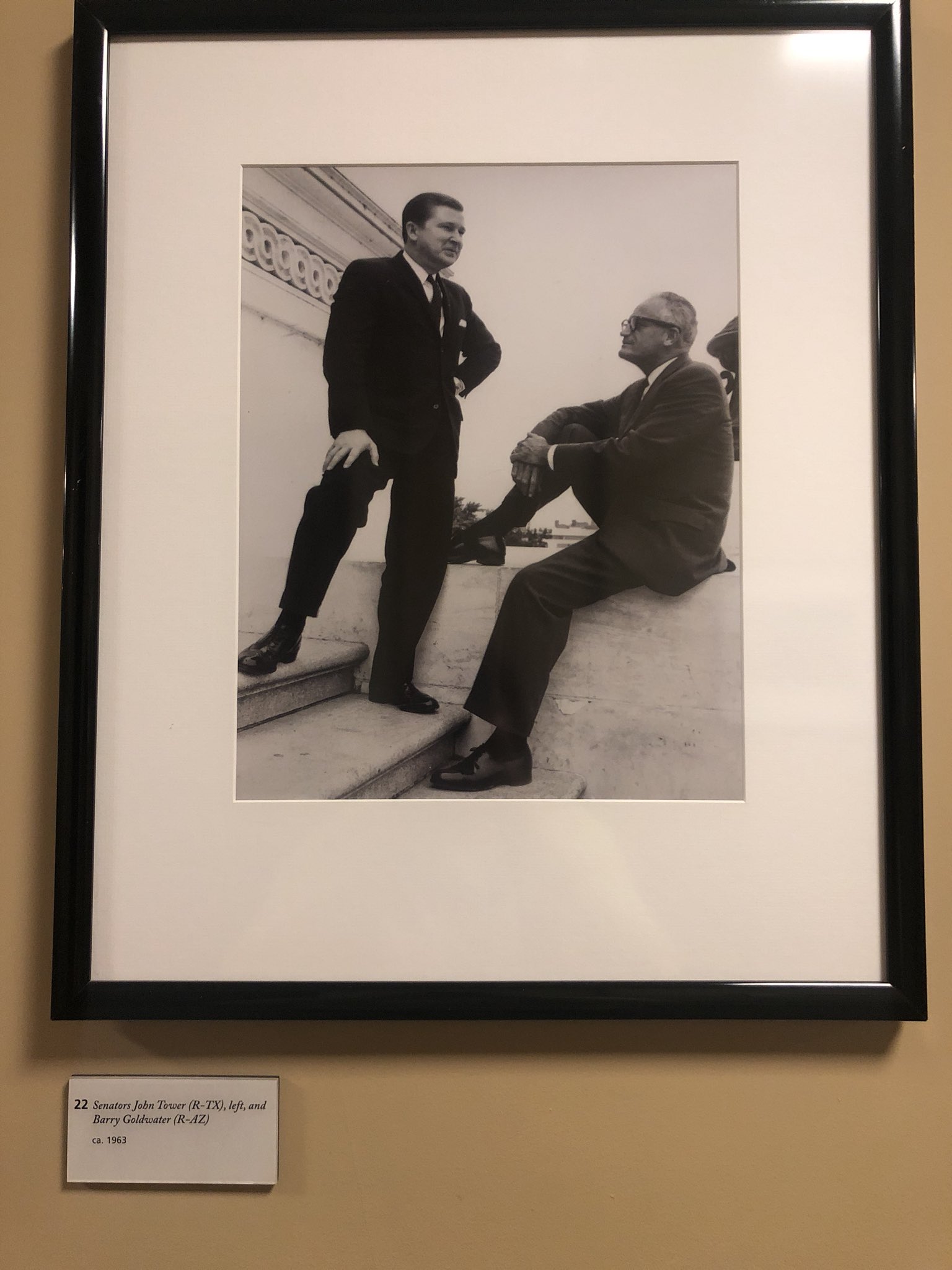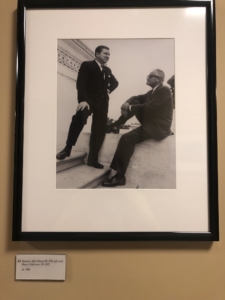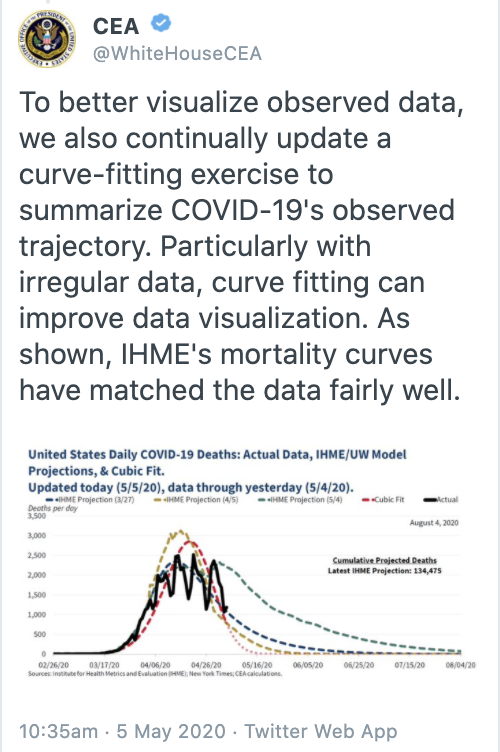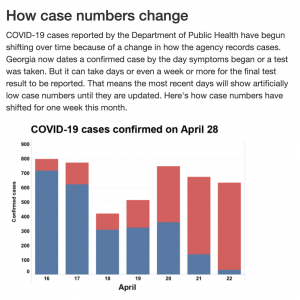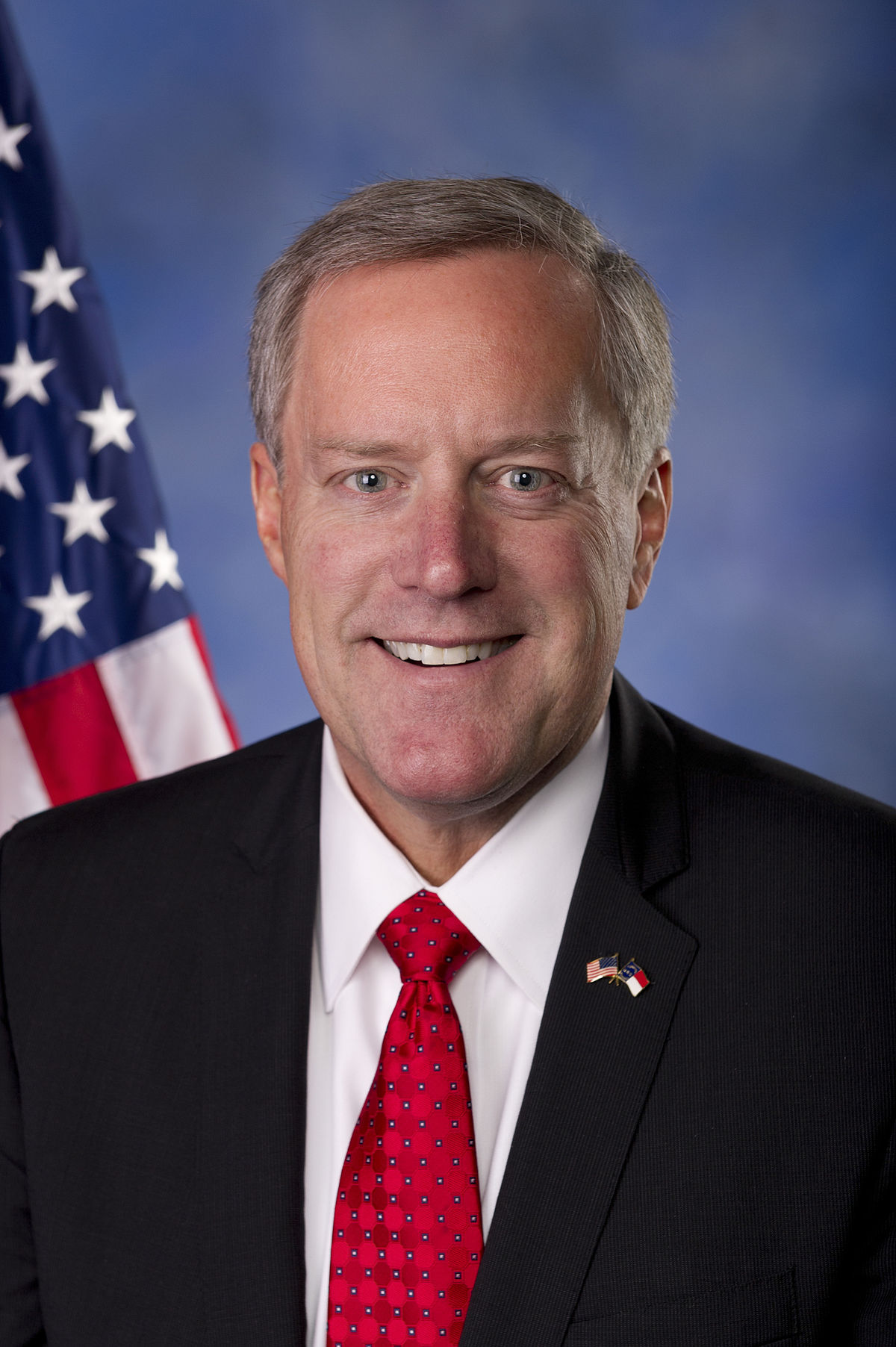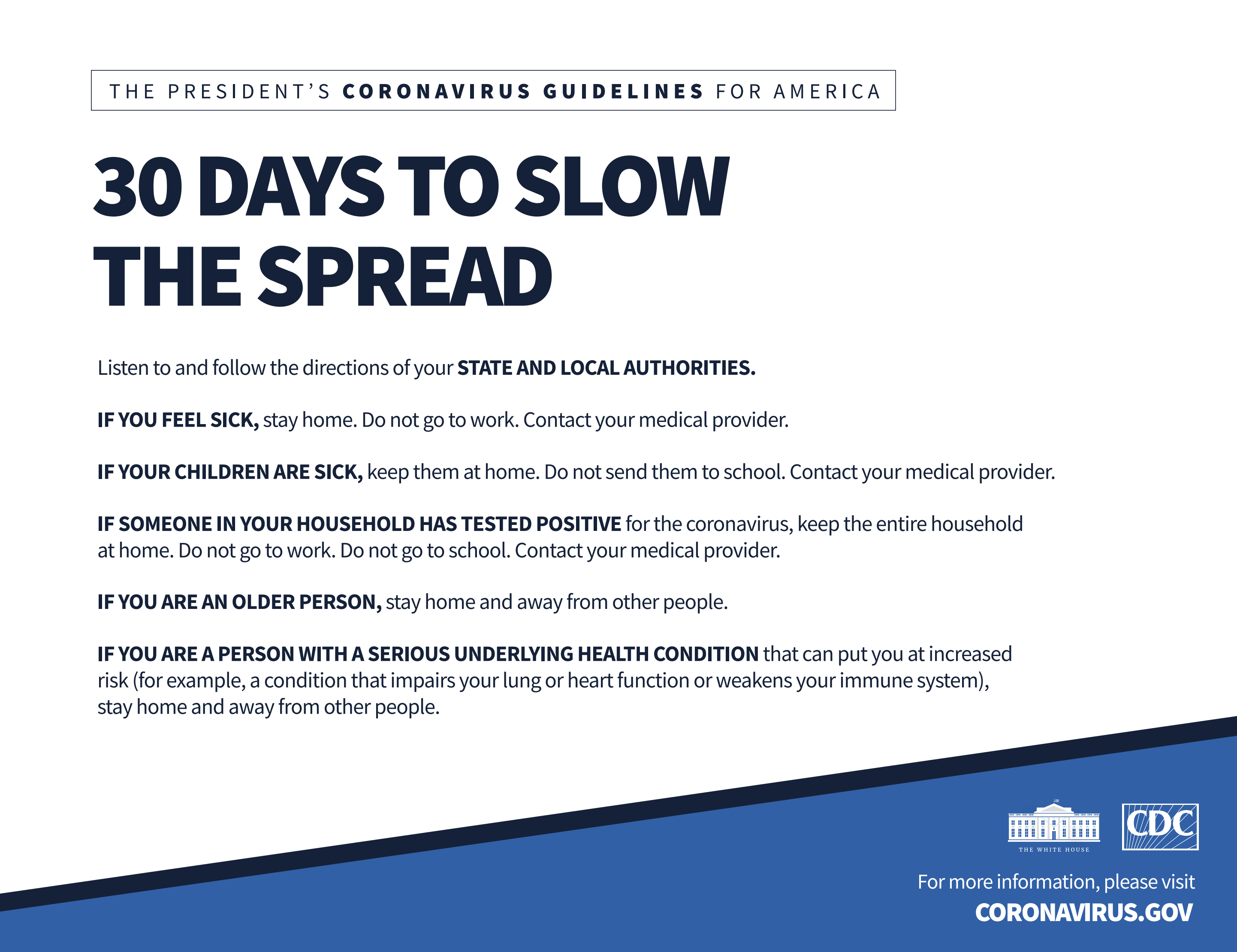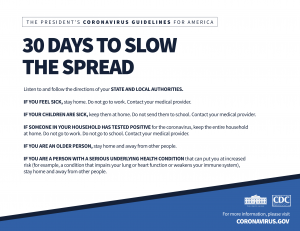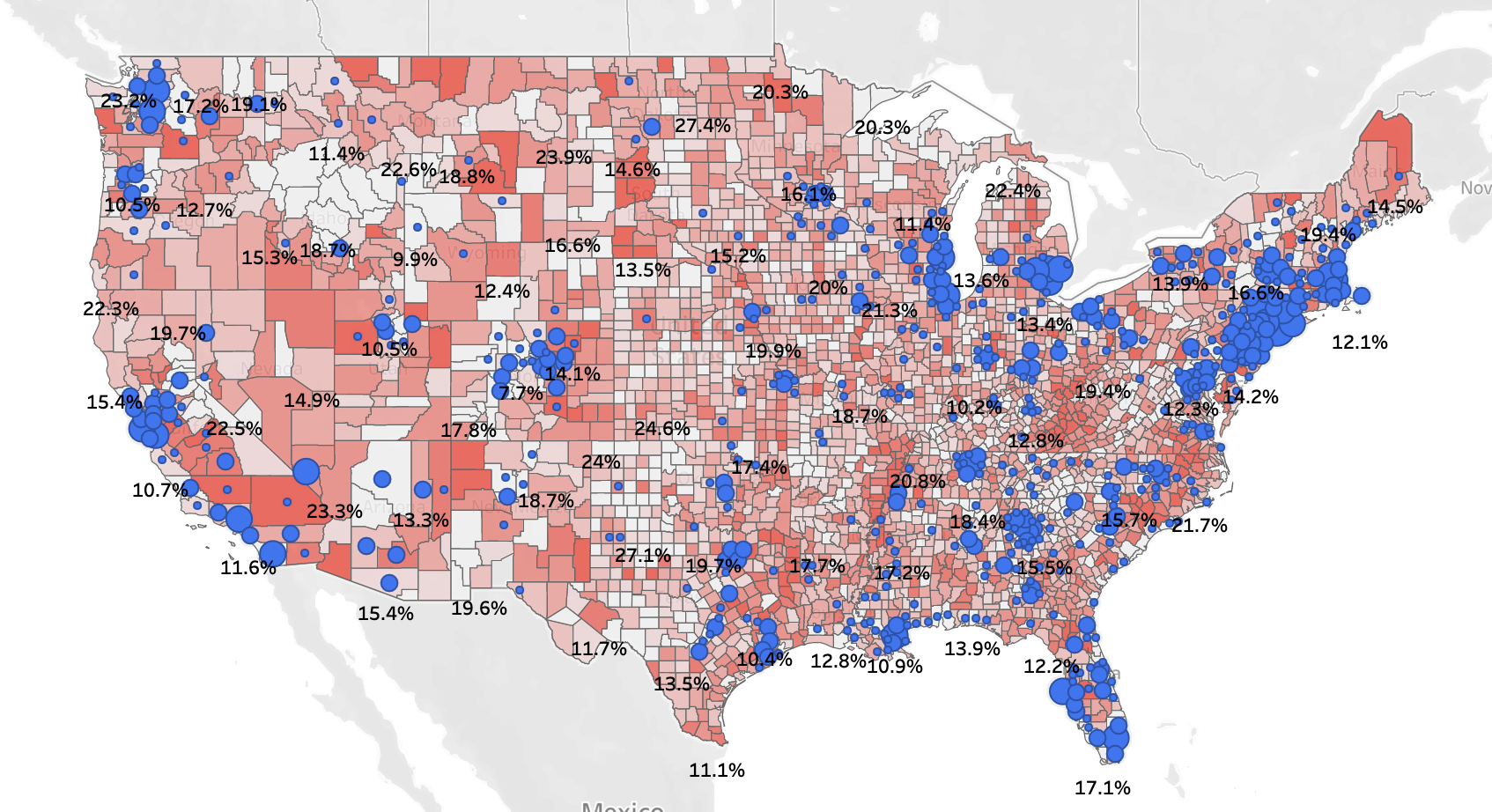The other day, I laid out how, even if Trump wants to open the country back up by Easter, at least fifteen governors may prevent him, including OH’s Republican governor Mike DeWine, who in the wake of Trump’s comments tweeted out defending his approach again. The WaPo did a similar piece this morning, confirming that the governors aren’t on board with Trump’s hopes.
That said, it’s clear that Trump plans to pressure governors, not just to do his bidding, but also to demand fealty before he heeds their pleas for help. Ultimately, it may be a bid to blame the upcoming crisis on the governors — disproportionately Democrats — struggling most directly with the crisis.
And that could work.
Though I doubt it, for a number of reasons. As US numbers continue to spike, it’s likely the governors who’ve taken more aggressive stances (with the possible but very notable exception of Andrew Cuomo, largely because of NYC’s density) will be able to show significantly better outcomes than those states that have adopted a hybrid approach, shutting down affected cities but not the entire state, to say nothing of those who were doing nothing (this Politico piece shows what each state has done or, in the case of OK and MS, not done at all).
Right now, almost all the identifiable clusters are in big cities, with both the international travel and density that would lead to early exposure. But some (not all — Detroit is an exception) of those cities actually have relatively low levels of the preexisting conditions that make the population more susceptible to the virus and more likely to have an extreme case if they get it. By contrast, much of America’s more rural areas have a higher instance of those pre-existing conditions. And those rural areas don’t have the hospital beds, much less ICU rooms, to treat seriously ill patients. This map, from an MIT project, shows where current outbreaks are and where particularly vulnerable populations are for the country as a whole.
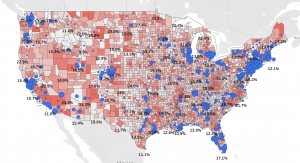
That means in states where governors have not imposed state-wide stay at home orders, there’s a significant risk that clusters will arise in areas that are less prepared to deal with an outbreak. Effectively, the governors who’ve adopted such an approach are playing “rural roulette,” assuming that a focus on the cities will mitigate the biggest risks, even though the rural areas would be easily overwhelmed even with a smaller number of infections.
And that may have an important dynamic given the election. A number of the key swing states — MN, WI, MI, OH — have instituted full state stay-at-home orders. But many of the rest — PA, FL, NC, CO, GA, TX — have not. And in some of the states where that decision is riskiest — GA, FL, and AZ — there’s a Republican governor adopting those strategies in part to adhere to Trump’s views.
Take Georgia. It has had an outbreak in the more rural southwest part of the state, and municipalities are trying to force Governor Brian Kemp to impose a state-wide shutdown.
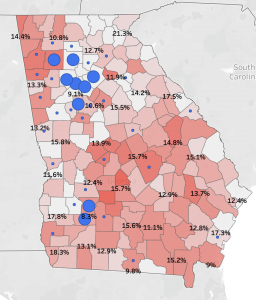
But the rest of the state has high incidences of some of the preconditions that make the population particularly susceptible to infection. In other words, while Atlanta has the medical resources (including CDC) to respond to the medical crisis, Georgia is already exhibiting an atypical pattern of rural spread in ways that might make Kemp’s refusal to do a state-wide order particularly costly. (As I was writing this, Kemp announced that schools will remain closed through April 24, which suggests he may be budging on a state-wide approach.)
Then there’s Florida.
Jim here.
As the New York Times notes, the municipalities of Miami and Miami Beach have stay home or shelter in place orders that went into effect this week. Also, Alachua, Leon, Orange and Pinellas Counties have stay home orders. Note that while Orange County holds most of the Orlando metro area, Pinellas is only the St. Petersburg portion of the Tampa Bay region. Tampa is in Hillsborough and the population stays fairly high going north into Pasco and south into Manatee and Sarasota Counties.
A very interesting aspect of the Alachua County stay home order, which went into effect here at 12:01 am Tuesday, is that, as noted in the Gainesville Sun, “Non-medical businesses may only allow one customer inside per 1,000 covered square feet, per an Alachua County emergency order.” Here is the line outside a grocery store Tuesday morning in the Sun’s photo accompanying the article:
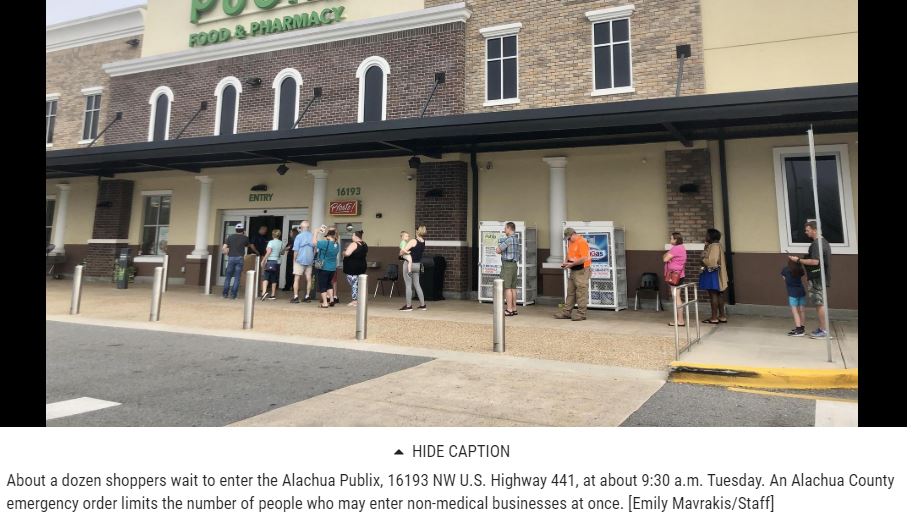
As the Tampa Bay Times notes, despite multiple public health authorities pleading for a statewide shutdown, DeSantis has instead been listening almost exclusively to business interests, and their message to him has been exactly the one Fox News and Trump have been flogging:
The Florida Chamber of Commerce have spoken frequently with the governor and his staff, urging him not to take drastic measures that might shut down the state’s economy. The Florida Restaurant and Lodging Association has been asking for ways to help their industries stay afloat.
Their message: don’t let the cure be worse than the disease.
But this is ignored:
Public health experts say that a three-week limit on public movement is required to stop the spread of the virus, and they point to a statistical model that shows that Florida may have only one week to act before hospitals become overwhelmed.
Instead, he hears a Republican telling him just how responsible he is to ignore the public health requests:
Sen. Tom Lee, R-Thonotosassa, said DeSantis was under “a tremendous amount of pressure,” but the idea he’s making decisions based on politics — and not public health — was “irresponsible.”
“He’s hearing from a lot of self-interested actors right now who are acting out of self-preservation,” Lee said. “With every executive order, there’s another industry being impacted. Those people are pretty aggressive and pretty vocal, and I think he’s done a pretty good job of ignoring all that.”
What could go wrong?
/Jim
In Florida, on top of the vacation traffic that DeSantis only belatedly shut down, it has significant numbers of seniors and its rural, more vulnerable communities do not have the beds to treat patients in if an outbreak happens (the gray circles here are senior facilities).
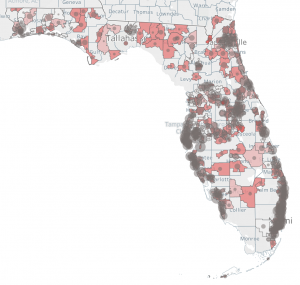
To make things worse, DeSantis is not sharing information about which senior facilities have had positive cases, which is likely to lead to clusters outside of locked down areas that lead to community infection. So on top of the rural/urban mix, DeSantis has the likelihood of a breakout at senior facilities.
It’s not just Republican governors who’ve adopted a hybrid strategy though: Pennsylvania Governor Tom Wolf locked down PA’s major counties without imposing stay at home in their more rural areas. PA is going to experience the community spread of the Eastern Seaboard; it’s a real question what happens as the virus spreads west from the Philadelphia metro area. Plus, it also has a concentration of senior facilities (the family member I’m most worried about now is stuck in one until April 1 fighting several other preexisting conditions).
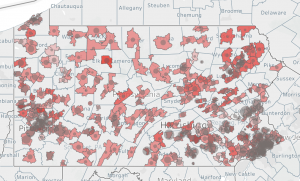
In bmaz’s Arizona, something that has the possibility of being worse is happening: Republican Governor Doug Ducey is using his authority to prevent cities from imposing more stringent stay at home orders. Thus far, this order strives only to impose a state-wide standard for what amounts to essential businesses (something that has led to confusion even in states with full state-wide orders). Most of his businesses match those adopted by state-wide orders. His order specifically includes golf courses (but not their restaurant facilities) as essential businesses, which I this is reasonable, in AZ, in the name of exercise; bmaz says that the crowds on urban hiking trails, which are also exempted, are far worse. Ducey’s order could override school closures.
Or, the order as a whole could suggest he’s being pushed closer to where other states are, full stay at home orders.
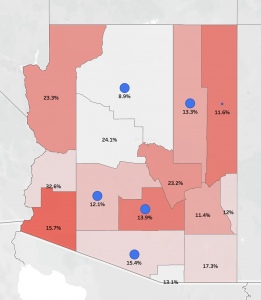
Arizona faces a particular rural challenge, but one Ducey can’t manage: the Native American reservations, which already have cases and which have a real dearth of health resources. But they’re sovereign.
North Carolina’s Democratic Governor Roy Cooper is another person who is having to be pressured to impose a more stringent state-wide stay at home order.
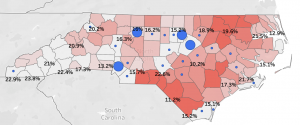
If states can access adequate testing, it’s still unproven whether state-wide or city-by-city orders will be most effective (though the testing is clearly not there yet).
What is clear, however, is that there will be at least as much political pressure on the states that have incomplete stay at home orders as those with statewide orders. And that just happens to include many of the states where November’s election will be decided.
Update: Trump has just sent a letter to governors suggesting the Feds are going to roll out new standards for identifying high and low risk counties, suggesting he wants to adopt the piecemeal shutdowns of the states discussed here. Such a regime will make orders like Doug Ducey and Mississippi Governor Tate Reeves’ orders standardizing shut-downs at the state level dangerous in a way they aren’t now, because both cite Trump’s guidelines for protective measures.
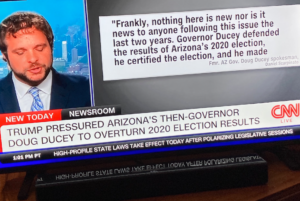 For anybody that has read me here, or followed me on Twitter, you know I have maintained from the start that Fani Willis, and her “investigation” is a complete joke.
For anybody that has read me here, or followed me on Twitter, you know I have maintained from the start that Fani Willis, and her “investigation” is a complete joke. 
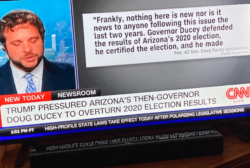
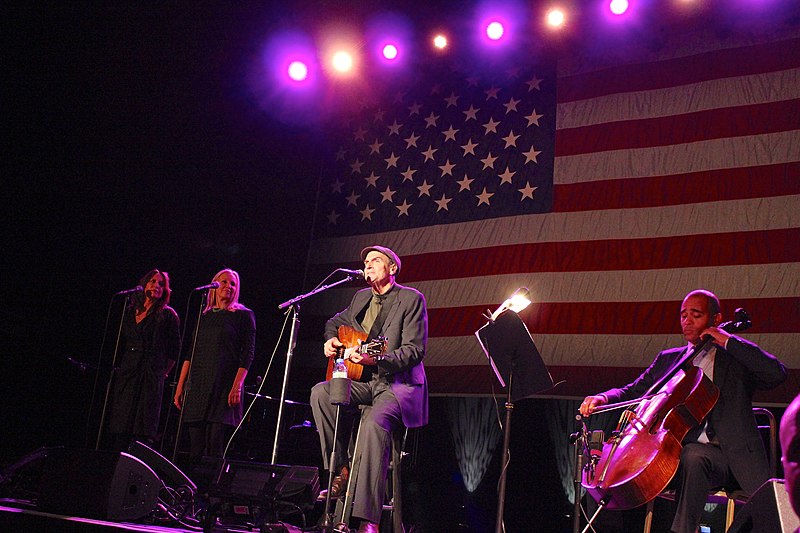 CC BY 2.0
CC BY 2.0
